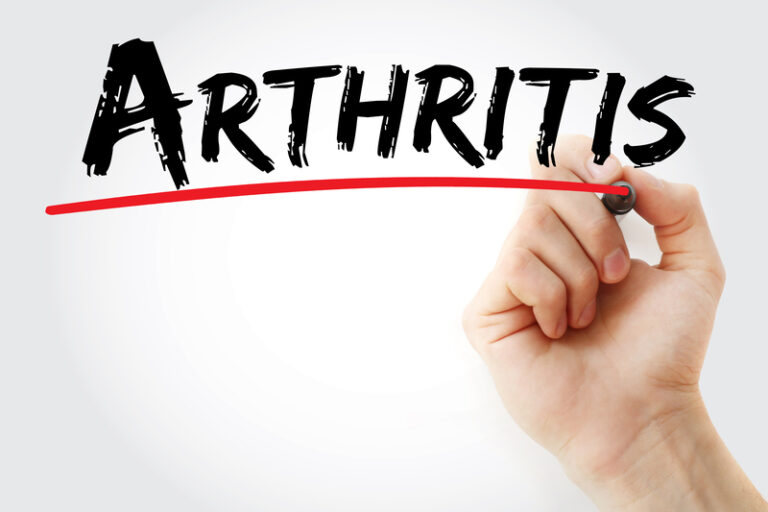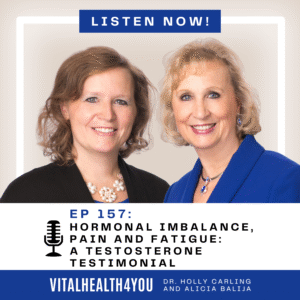Whenever I get ready to teach a class, and write the article, such as this one, that generally precedes it, I stick my research hat back on and see what has changed in our understanding of the topic at hand. While doing that for this article, at one point I closed my laptop and started to laugh! With the exception of the main health focus over the past two years, I cannot remember any health topic swinging so far from one end of the understanding spectrum to the other!
We used to think that osteoarthritis (OA), in particular, was simply something that will happen to you as you age, an inevitability. That it was just a wear and tear of joints – it just simply happens. Now we know better. We now know that it is a complex set of tissue breakdowns that can occur at any age, with just as complex of reasons for it.
We used to think exercise worsened joints, now we know the right type of exercise is essential for prevention, maintenance and repair. We used to think inflammation was the bad guy (and runaway inflammation can certainly appear that way), now we know it’s an essential part of the repair process; and as such, we used to think NSAIDS and corticosteroids were the best for our joints, we now know that they disable the repair process. We used to think arthroscopic surgery and joint replacements were the best options, but the newest research is revealing that to not be the case. Joint replacements, although they offer relief and once you’re bad enough become a necessity, leave the mechanism responsible for causing the deterioration in the first place unaddressed.
We used to think that OA involved just the cartilage, now we know it involves the joint bones, ligaments, tendons, synovium (membrane containing the lubricating fluids), nerves and the hormones that are all involved, and other tissues as well.
Not everyone with OA has symptoms, and not everyone with symptoms of OA has arthritis. The complexity of symptoms can mean different conditions, and there isn’t even a general consensus from country to country what it actually is. I remember in my early years as a nurse, it was cut and dry: if your joints hurt, you got those dreaded nodules, but wasn’t red and inflamed, it was called OA. If it was the above, plus stiffness and inflammation, it was Rheumatoid Arthritis (RA). Boy, have those days changed!
©2022 Holly A. Carling, O.M.D., L.Ac., Ph.D.







